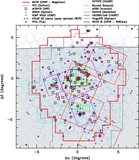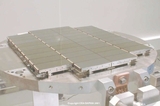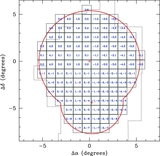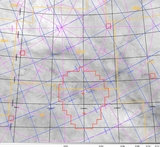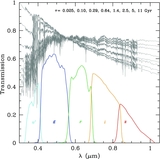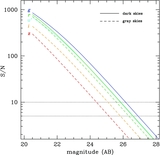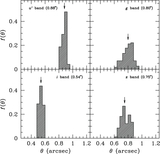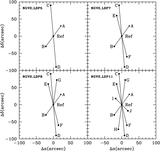Image Details
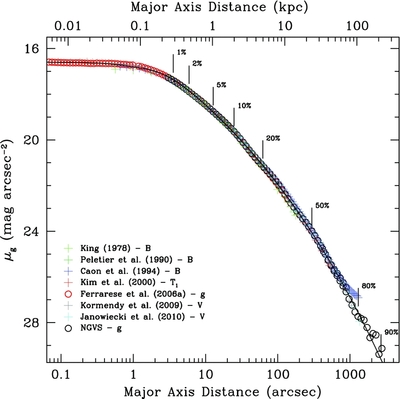
Caption: Figure 18.
Azimuthally averaged major-axis surface brightness profile of M49, the first-ranked member of the Virgo cluster, from the NGVS (black circles) compared to various profiles from the literature (as indicated in the lower left corner). Profiles have been shifted into the g band for comparison to the NGVS data by applying a constant color offset measured in the range 10''–30''. The smooth curve shows a "core-Sérsic" model (Graham et al. 2003) fitted to the NGVS profile (which reaches ~3000'', or 240 kpc, along the major axis) after combining with the HST profile from Ferrarese et al. (2006a; red circles). Vertical marks indicate the radii containing different percentages of the galaxy luminosity according to the fitted model.
Copyright and Terms & Conditions
© 2012. The American Astronomical Society. All rights reserved.



